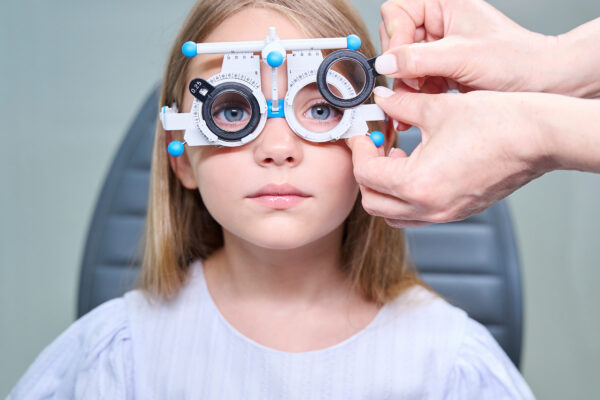Challenges For Canadian Healthcare
Considering Patients and Practitioners
George Barakat and Jamie Bussin
In Episode #172 of THE TONIC Talk Show/Podcast we spoke with health and wellness expert George Barakat about the particular challenges facing the health care sector. This is an excerpt of that discussion. For the full interview please visit thetonic.ca
What challenges face the Canadian health care industry? Let’s start with the aging population and how we’ll have to systematically deal with that. We’re providing more efficiencies and services. There are disconnected health care platforms. There are greater calls for health equity – how do we join those records and connect those conversations and provide more value to the patient at the front end? And of course, when you put it all together, what has that done for the governments? It’s increased costs and therefore government spending. There are several touchpoints that the government has agreed to cover – virtual visits, telemedicine, now that they understand that everyone wants to stay home because of Covid-19. How do we put a rope around it, so there’s not just transparency but there’s the ability to pick and choose health care on demand at the patient’s pace? That could include technology such as voice translation apps, document translations. It could mean looking at how we conduct a health risk assessment to understand next steps, or even simpler, how one schedules an appointment whether online or in a clinic.
With the changes brought on by Covid-19 and technology there are expectations. On the surface it looks like we’re moving ahead quite rapidly. However how will this information being created by existing platforms such as video conferencing be disseminated? It also speaks to what the patients can do to impact their health outcomes. How does the information derived from patient tracking get used?
What are the challenges that face Canadian health care practitioners? Practitioners are not only faced with the challenges of receiving technology, utilizing it and catalogueing the information so that it is part of the patient record and journey, but also how do they share that information so that it is available for other physicians to reference, utilize and disseminate back to the patient with a comprehensive report? This happens a lot with telemedicine. The technology is great, but more often than not, they’re being seen by a physician who is not their family physician – one who doesn’t recognize them or know them. For the speed of execution it’s usually a different physician who will come on. And that information isn’t being added to the patient’s health record.
That “broken record” can lead potentially to health mismanagement. There could be duplication of efforts, or wasted resources. If those interactions were all coordinated and recorded then algorithms could be created for the patient and recommendations could be made for the patient so that they could make decisions on consuming health care as they see fit and live their best life. If you’ve seen 4 or 5 doctors in the past year – some in person, some via telemedicine, odds are that none of those interactions have been documented succinctly. How can a patient utilize that information or view it in a clear and concise fashion?
Does that result in the patient’s lack of faith in the system? If you don’t have all of that information collected and composed, how is the patient going to understand, through technology (which is why we created these touchpoints) what their next steps should be? It creates a larger reactive health care program. And what we want to do is to get everybody to become proactive and live their best lives.
It can be aggravating for patients just to set up an appointment or get a referral to a specialist. The health care system isn’t user-friendly because it isn’t really connected. That’s what we have to be mindful of. The way forward is to emphasize the concept of “Patient First”. I think that if you understand that if you design and record and place an ecosystem together that empowers the patient first and provides information, you can’t go wrong.
What are the solutions going forward? We’re going to look at the patient’s first experience through a different lens. Traditionally, when you’re a patient, what you do is view health information. We can all Google about what might be wrong with us or where to find a physician or walk-in clinic. That is the limit of our ability to view information. What we want to do is have the patient consume health care at their pace. What that means is not just creating an informative portal, but also a usable one. Creating a shop-like atmosphere where we’ll have front-end applications and tools which could provide not just transparency but information to that patient. Imagine being able to do a health risk assessment which would lead to a product or service offering directly after. Imagine having an entire shopping cart of health items (medications, devices, nutraceuticals) which could have been created from a recommendation from your physician. That platform would be able to translate for Canadians who don’t speak English and also translate documents. And most importantly the platform would allow you to schedule an appointment with a physician. You’d be able to create your own health ecosystem and include your loved ones in it. I compare this to the way Apple, with iTunes, changed the way we consume music. At Jack Nathan Health we’re working on the complete reconstruction of the patient’s experience in consuming health care.
George Barakat is the CEO of Jack Nathan Health and is a health technology expert. For more information about George visit jacknathanhealth.com




